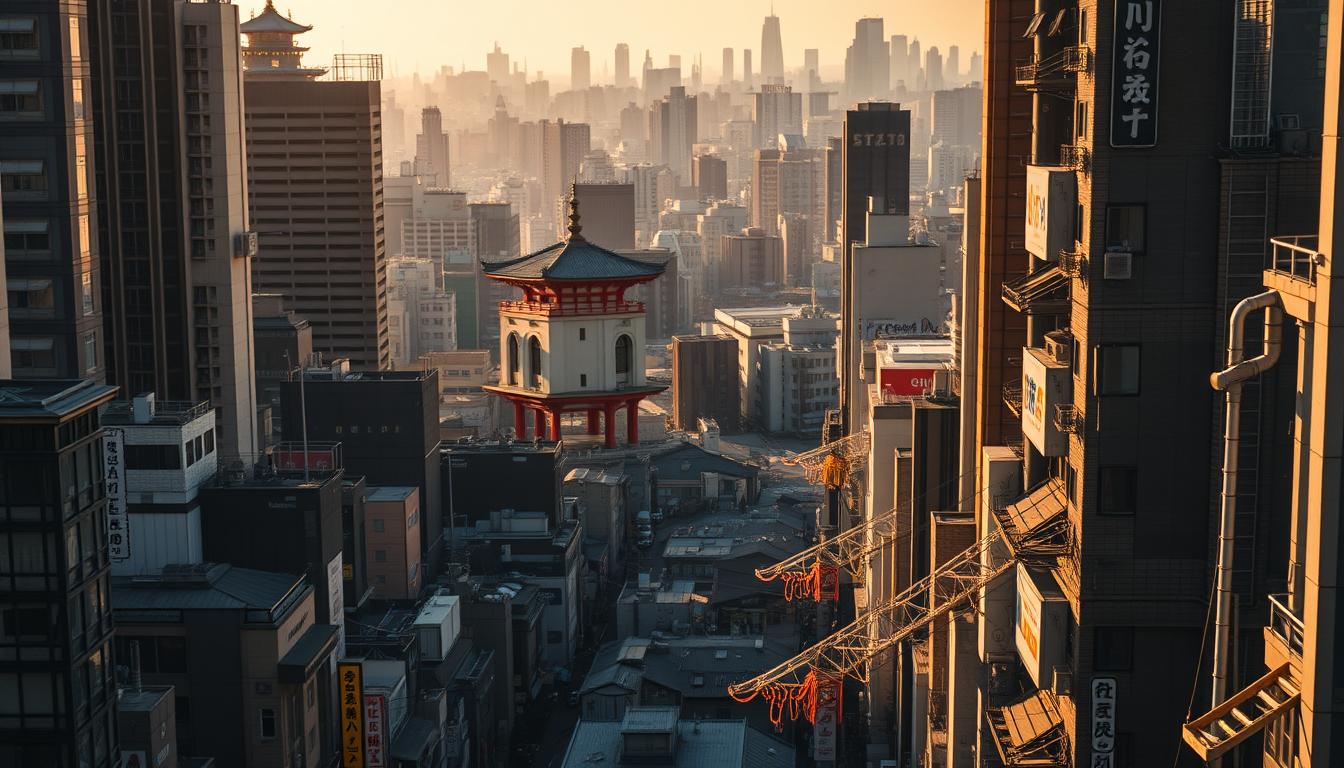Tokyo consistently ranks among the world’s most expensive cities, despite Japan’s historically stable inflation rates. This economic paradox puzzles many observers and affects millions of residents. The disconnect between Tokyo’s high cost of living and Japan’s decades-long fight against deflation represents a unique economic case study.
The city’s high costs extend beyond luxury items to everyday necessities like housing, food, and services, creating financial pressure despite the country’s overall price stability. Understanding this economic contradiction requires examining Japan’s unique monetary policies and cultural attitudes toward pricing.
Key Takeaways
- Tokyo’s expensive nature persists despite economic stagnation.
- The city’s high costs affect everyday necessities.
- Japan’s monetary policies contribute to the economic paradox.
- Cultural attitudes toward pricing play a role.
- The economic contradiction is a unique case study.
Tokyo’s Price Paradox: Expensive Despite Low Inflation
Tokyo’s economic landscape presents a paradox: despite low inflation, the city remains one of the most expensive in the world. This phenomenon is particularly intriguing given Japan’s history of near-zero inflation.
The Current Economic Situation
The current economic situation in Tokyo is characterized by rising consumer prices. In April, the benchmark measure for consumer prices rose 2.1%, indicating that inflation is expected to hit the Bank of Japan’s 2% target this year.
The Inflation Shock in a Traditionally Stable Economy
Japan’s inflation rate has jumped to a fresh 41-year high, with core consumer prices rising by 4% from the previous year. This sudden increase represents a significant cultural and economic disruption in a society accustomed to price stability.
| Month | Inflation Rate | Core Consumer Price Index |
|---|---|---|
| April | 2.1% | 104.2 |
| March | 1.9% | 103.8 |
| February | 2.0% | 103.5 |
For more insights on Japan’s economic trajectory, visit Economix Plus.
Historical Context: Decades of Economic Stagnation
Tokyo’s expensive reputation persists despite low inflation, rooted in decades of economic stagnation. This phenomenon is closely tied to Japan’s economic history, particularly the period known as the “Lost Decades.”
Japan’s Lost Decades and Flat Wages
Japan’s “Lost Decades” represent an unprecedented period of economic stagnation following the asset bubble collapse of the early 1990s. During this time, wages remained flat while Tokyo’s cost of living stayed stubbornly high. The average salaries have hardly risen for over three decades, creating a unique economic environment.
Cultural Attitudes Toward Price Increases
The cultural resistance to price increases in Japan has been significant. When the price of umaibo, a popular snack, increased by 20% after 43 years at the same price, it sent shockwaves through the nation. This reaction highlights the cultural taboo surrounding price increases in Japan, where businesses traditionally absorbed rising costs rather than passing them to consumers.
| Year | Average Salary (¥) | Cost of Living Index |
|---|---|---|
| 1990 | 3,000,000 | 80 |
| 2020 | 3,200,000 | 120 |
The deflationary cycle that ensued limited consumer spending, led to frozen wages, and resulted in minimal economic growth. Yet, Tokyo’s position as an expensive global city persisted. The cultural emphasis on sharing social burdens has made price increases taboo, creating unique market conditions.
Why is Tokyo so expensive even with stable inflation?
Despite stable inflation, Tokyo remains one of the most expensive cities globally. Several factors contribute to this phenomenon.
The Weakening Yen and Import Costs
The Japanese yen has recently hit 20-year lows against the dollar, significantly increasing import costs. As Japan is heavily dependent on foreign energy, food, and raw materials, a weaker yen directly impacts Tokyo’s cost of living by making these essential imports more expensive.
Bank of Japan’s Unique Monetary Policy
The Bank of Japan maintains near-zero interest rates, creating a significant interest rate gap with other major economies. This gap further weakens the yen, exacerbating Tokyo’s high costs despite historically stable domestic inflation.
Urban Density and Real Estate Premiums
Tokyo’s extreme urban density and limited buildable land result in persistent real estate premiums. Housing costs remain high, forming a structural foundation for the city’s overall expensiveness. 
Future Outlook for Tokyo’s Cost of Living
The future of Tokyo’s cost of living is closely tied to the Bank of Japan’s policy decisions and global economic trends. Recent surveys indicate that a significant majority of Japanese consumers are feeling the pinch of rising prices, with 87% reporting that it has affected their family finances. As a result, many are cutting back on expenses, with 73% reducing spending on food, travel, and leisure.
The cost of living in Tokyo remains high due to urban density and high-cost infrastructure needs. To address this, experts suggest that Japan needs significant structural reforms, including investment in emerging sectors like green innovation and healthcare. The weakened yen may offer some relief through increased tourism, but it also means higher costs for imported goods.














